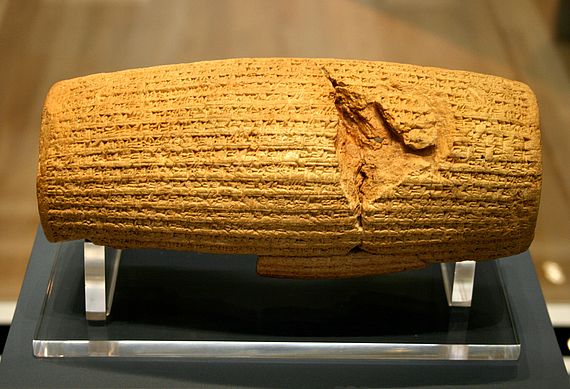
Iran has a very rich cultural heritage. Remains of advanced civilisations from as far back as the 8th millennium BC have been found in present-day Iran.
These early advanced civilisations always had a great influence on world cultures. In Iran too, people speak proudly of the “mother of all civilisations“.
The first declaration of human rights was inscribed in cuneiform script on a cylinder of baked clay by the Persian king Cyrus the Great more than 2,500 years ago.
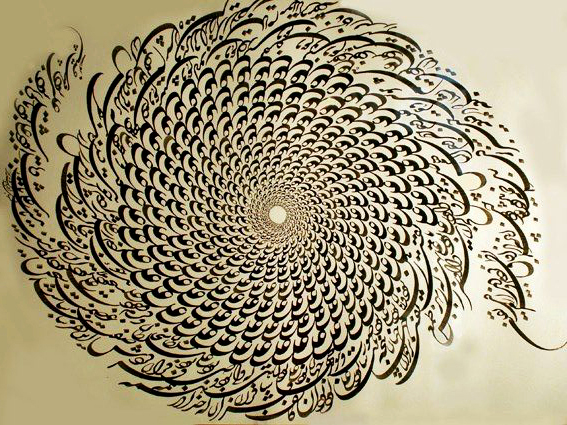
Farsi is the linguistic basis for many poets and for the writings of many religious scholars. Poems in Farsi are among the finest in the world.
The Persian language has one of the most beautiful and ornate scripts.
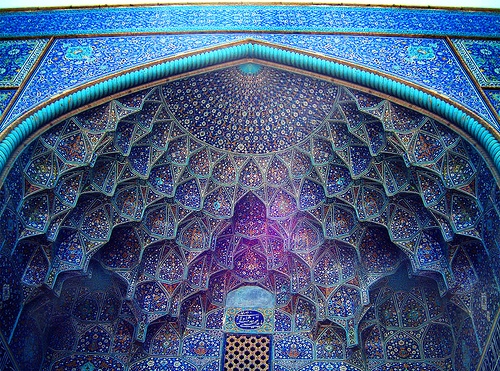
Iranian architecture, too, is one of the most famous in the world. It includes the Bridge of 33 Arches, the Jameh Mosque of Isfahan and the Nasir al-Mulk Mosque in Shiraz.
Abu Bakr Muhammad ibn Zakariya ar-Razi (Latinised: Rhazes), born in 865 AD in the Iranian city of Ray, discovered alcohol and its use as an antiseptic, and Abu ibn Sina (Latinised: Avicenna) was a scientific researcher and doctor, whose writings continued to be taught in university medical faculties throughout the world for many years after his death. These are just two examples of the many eminent scientists to have come out of Iran.
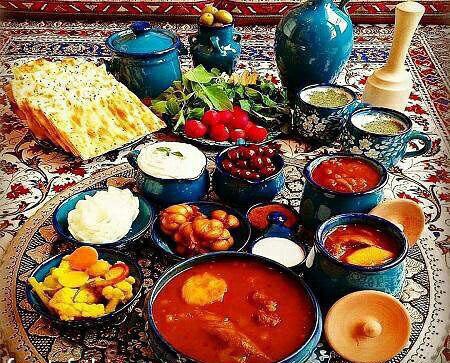
The traditional skills of carpet weaving have given Iran a global reputation.
Iranian cuisine is very distinctive. It combines different culinary cultures from many countries of the world and is focused on creating a harmony of flavours.
Typical dishes include “Khoresh-e Fesenjān”, “Ghormeh Sabzi“ and “Āsh”.
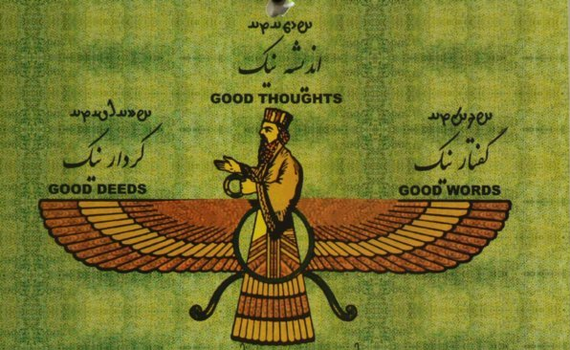
Iran is one of the oldest monotheistic countries in the world. Under the ancient religion of Zoroastrianism, the official religion of Iran before Islam, people believed in one god. The central tenet of Zoroastrian doctrine was:
“Good words, good thoughts and good deeds“.
The Iranian New Year begins on the first day of spring, 20th/21st March.
